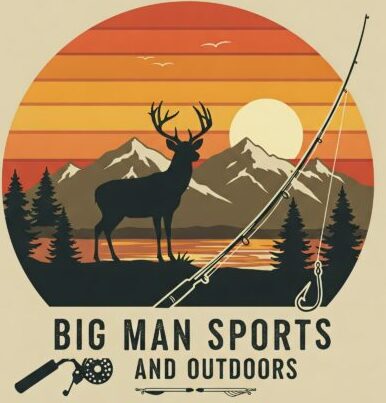Scouting for deer is a fundamental aspect of successful hunting. It involves understanding the behavior, habitat preferences, and movement patterns of these elusive creatures. An effective scouting strategy can make a significant difference in your hunting success, increasing your chances of encountering deer in their natural environment. In this comprehensive guide, we will explore the essential techniques and tools for mastering the art of deer scouting.
Understanding Deer Behavior
Before embarking on a scouting expedition, it’s crucial to have a solid understanding of deer behavior. Deer are creatures of habit, and their movements are influenced by factors such as food availability, cover, and breeding season. Learning about these behaviors will guide your scouting efforts.
- Feeding Patterns:
Deer are most active during feeding times, which are typically during dawn and dusk. Understanding their preferred food sources, such as acorns, browse, and agricultural crops, will help you identify potential scouting locations.
- Bedding Areas:
Deer seek thick cover and undisturbed areas for bedding. Look for secluded spots with ample cover, such as dense vegetation, tall grass, and brushy areas.
- Travel Corridors:
Deer often follow specific routes between feeding and bedding areas. These corridors provide predictable paths for scouting. Look for well-worn trails, natural funnels, and terrain features that funnel deer movement.
Scouting Techniques and Strategies
- Glassing and Observing:
Using binoculars or a spotting scope, find vantage points that allow you to observe large areas of deer habitat. This technique, known as glassing, can help you spot deer from a distance without disturbing them.
- Trail Cameras:
Trail cameras are invaluable tools for scouting. Set them up near feeding areas, trails, and potential bedding sites to capture images and videos of deer movements day and night.
- Scouting Walks:
Take leisurely walks through the woods, paying attention to signs of deer activity. Look for tracks, droppings, rubs, scrapes, and other indicators of deer presence.
- Topographic Maps and Aerial Imagery:
Utilize topographic maps and online aerial imagery platforms to study the terrain and identify potential deer hotspots, such as saddles, ridges, and valleys.
- Scouting in Different Seasons:
Deer behavior varies throughout the year. Scouting during different seasons, such as pre-rut, rut, and post-rut, will provide insights into their changing patterns and behaviors.
- Silent Scouting:
Minimize disturbances during scouting trips. Wear scent-reducing clothing, avoid loud noises, and use stealthy movement to prevent alerting deer to your presence.
Advanced Scouting Techniques
- Scouting for Signposts:
Deer leave behind sign such as rubs and scrapes. These are excellent indicators of deer activity and can provide insights into the presence of dominant bucks.
- Bedding Area Identification:
Locating bedding areas can be challenging, but recognizing dense cover, flattened grass, and droppings can help you pinpoint potential bedding sites.
- Understanding Wind and Thermals:
Pay attention to wind direction and thermals when scouting. Deer rely heavily on their sense of smell, so understanding how your scent travels is crucial for successful hunting.
Mastering the art of deer scouting is a journey that requires patience, observation, and dedication. By immersing yourself in the world of deer behavior and habitat preferences, you can develop a deep understanding of their movements and tendencies. Implementing a variety of scouting techniques, from glassing and trail cameras to silent scouting and signpost identification, will empower you to make informed decisions when choosing hunting locations.
Remember that scouting is not a one-time endeavor but an ongoing process that evolves with each season. As you accumulate knowledge and experience, your ability to predict deer movements and patterns will improve. By becoming a skilled deer scout, you’ll enhance your hunting adventures, increase your encounters with these majestic animals, and create unforgettable memories in the great outdoors.
